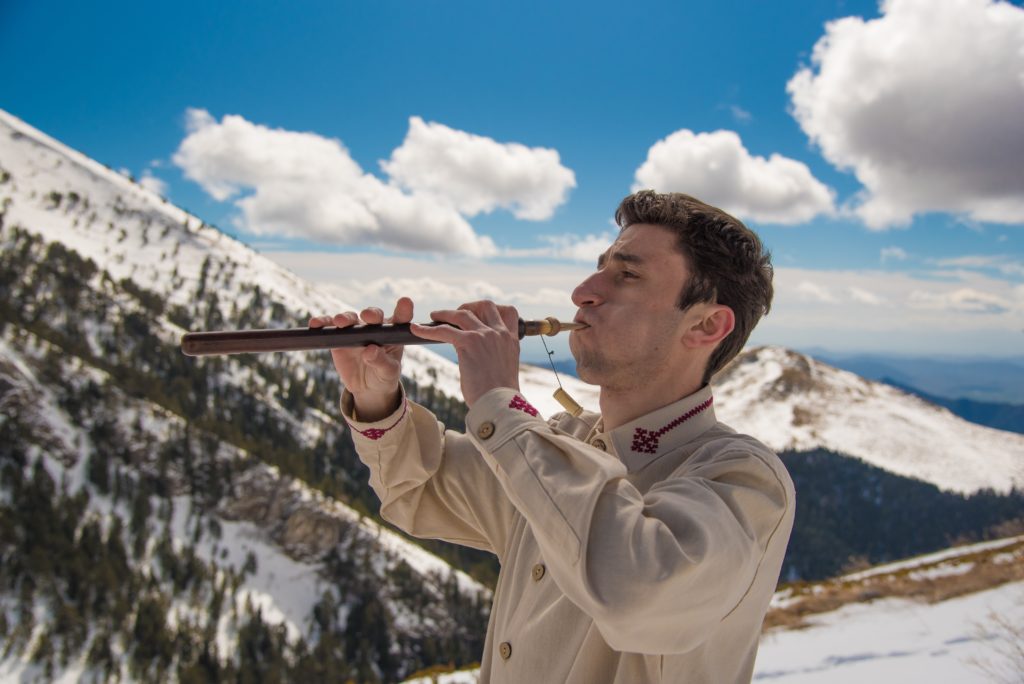
ARMENIAN duduk player Arsen Petrosyan returns to the National Centre for Early Music, St Margaret’s Church, Walmgate, York, on March 10 at 7.30pm.
He first played there in a Making Tracks showcase for international musicians. This time he will be leading his quartet featuring Astghik Snetsunts (on qanun), Avetis Keoseyan (dhol/percussion)and Vladimir Papikyan (santur).
Performing Armenian traditional, early, classical and sacred music, Petrosyan presents Hokin Janapar: My Soul’s Journey, his nostalgic exploration into music that has stirred his soul, reflecting the continued odyssey of the Armenian nation.
“The pieces are not just songs, rather they are a document of a nation and culture that refuses to die,” says NCEM director Delma Tomlin. “Your support will ensure that their music continues to make an impact and that their voices continue to be heard in today’s turbulent times.” Box office: 01904 658338 or ncem.co.uk.
Duduk: the back story
THE duduk or tsiranapogh is the Armenian oboe, an ancient double-reed wind instrument made of the soft wood of the apricot tree and characterised by a warm, soft, slightly nasal timbre.
Variations can be found across the Caucasus and the Middle East, such as in Azerbaijan, Georgia, Russia, Turkey and Iran. Similar aerophones are the balaban, played in Azerbaijan and Iran; the duduki in Georgia and the ney in Turkey.
The reed, called ghamish or yegheg, comes from a plant growing alongside the Arax River in Armenia.
The roots of Armenian duduk music can be traced to the days of the Armenian king Tigran the Great (95-55 BC). The instrument accompanies Armenian traditional songs and dances, played at events such as weddings and funerals.
